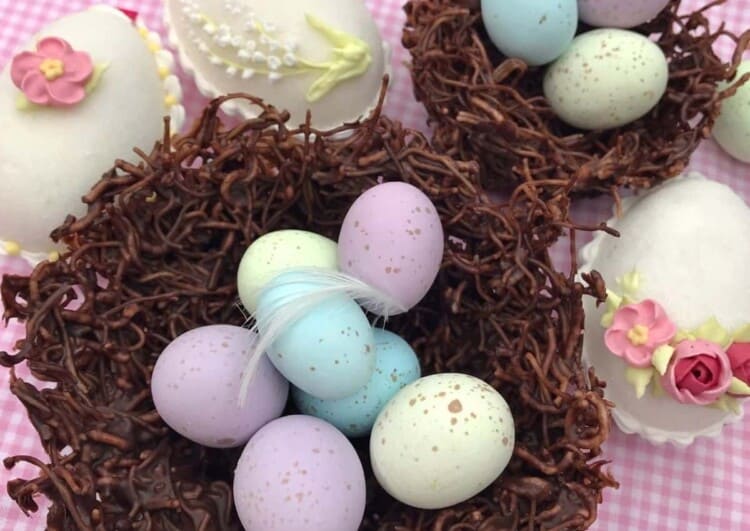From the easy eating pleasure of a pillowy marshmallow egg to the crack of foil-covered bunnies, easter eggs fill our lives with sweet memories. As children, we excitedly scurry around the house tracking down these hidden chocolate treasures and beam with smiles as we lick the baking spoons and bowls clean.
Is the kind of chocolate I use important?
When you decorate your easter eggs, you can use whatever chocolate your heart desires (white, milk, dark). However Dark chocolate is the easiest to work with and is generally better to discover new techniques with, due to its lower fat content which makes it is easier to melt without it splitting.
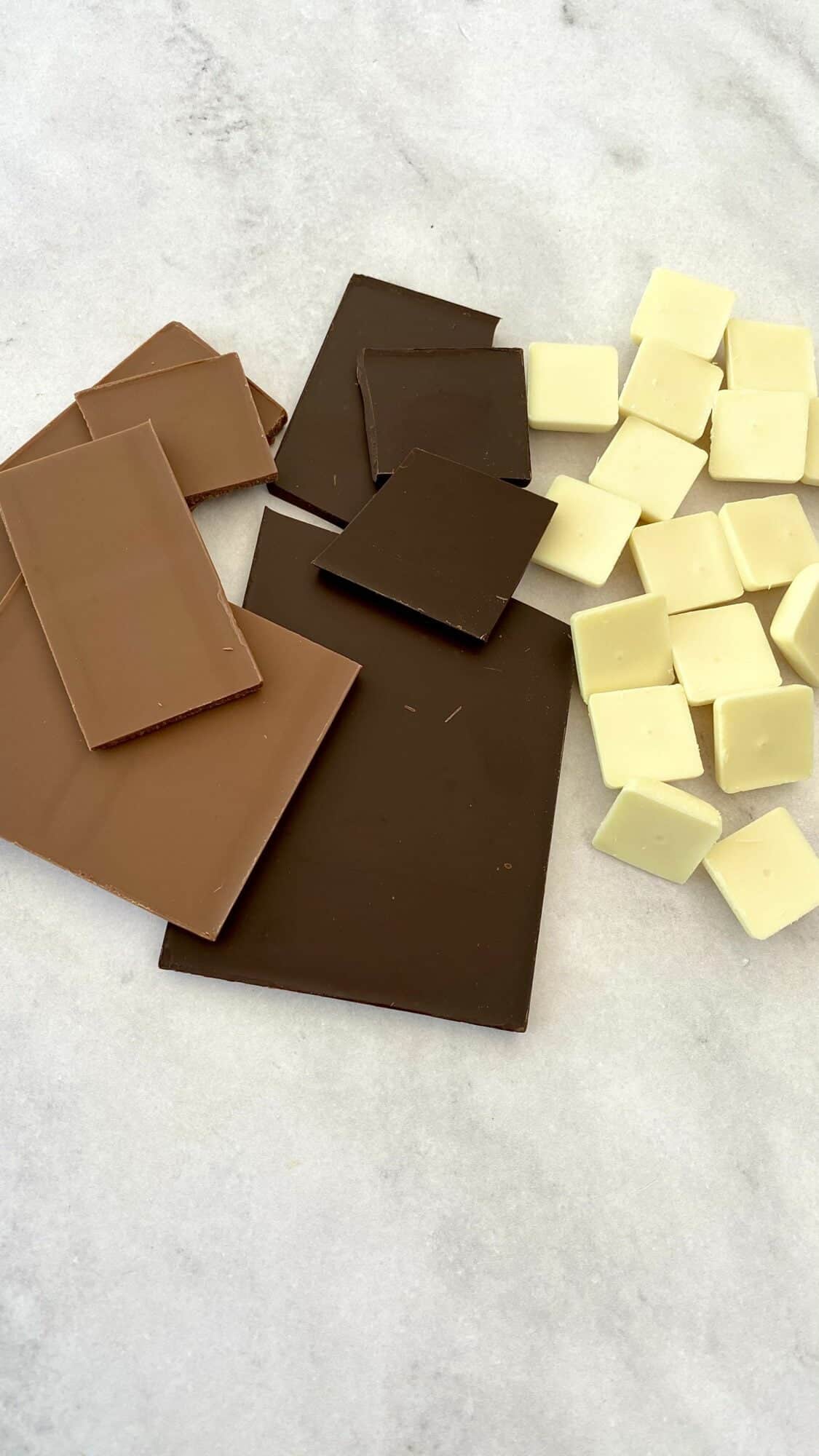
Do I need to temper my chocolate?
What is tempering chocolate anyway? Tempering chocolate is when you melt chocolate to a precise temperature – dark chocolate is usually 33 degrees Celsius – then cool it to a precise temperature before using it to make your creation. Tempering chocolate leaves a shiny, silky finished product with a great ‘snap’. However, for a super easy recipe, try Graces Chocolate Vermicelli Nests, where there is no need to temper your chocolate, or your enthusiasm.
Can I use a microwave to melt my chocolate?
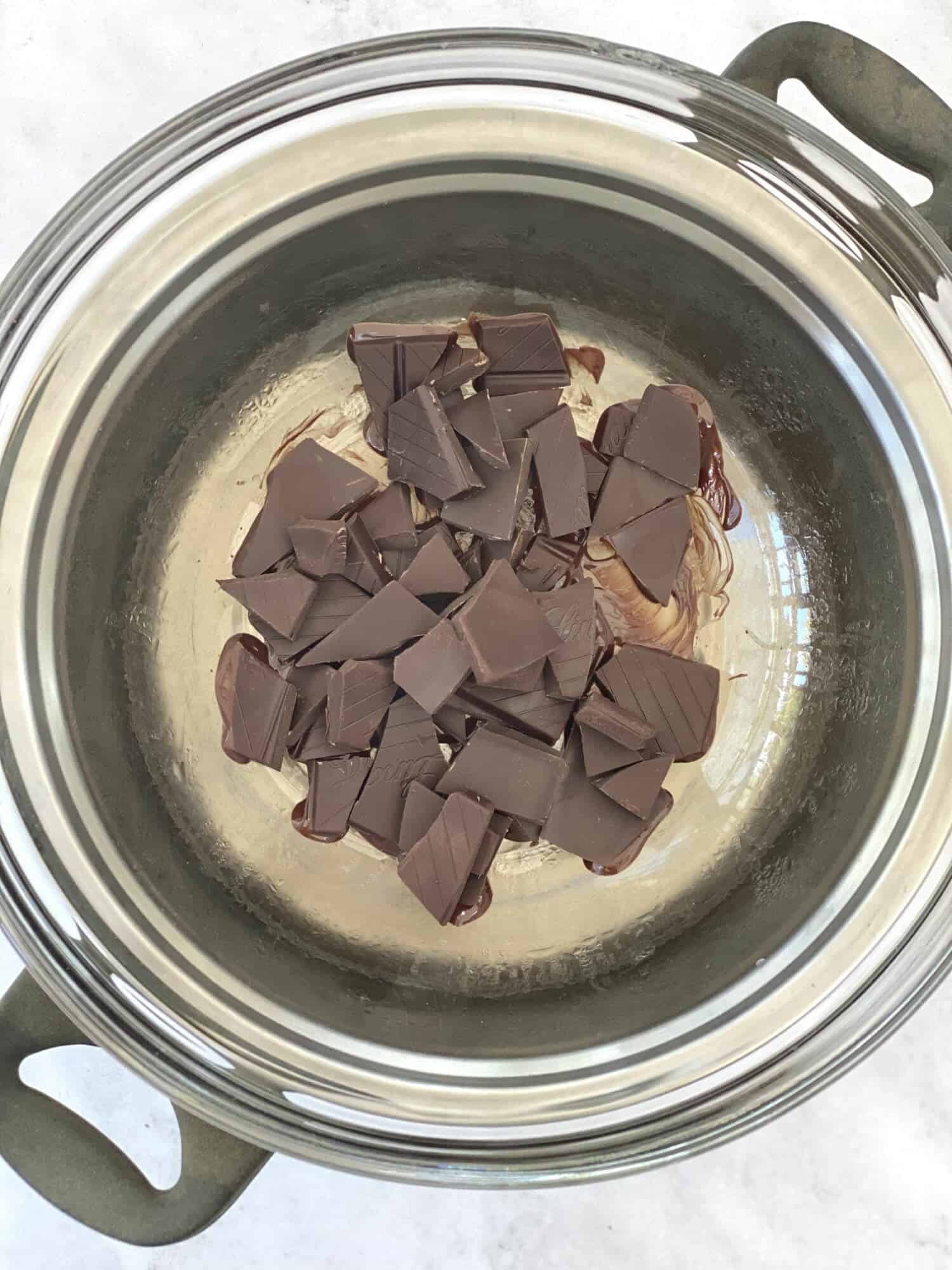
While heralded all over the internet as a wonderful baking hack, according to Grace, using a microwave might make your life harder. In the microwave, the temperature of the chocolate rises quickly, and you cannot stir it; both of which make it is super easy to split your chocolate. Using a double boiler is far more reliable. Simply place a glass (not plastic or steel) bowl over a pot of steaming water high enough that the bowl doesn’t touch the water. This introduces a gentle heat (which is why you want steaming not boiling water) to melt the chocolate while you stir.
How do I tell if I have the right temperature?
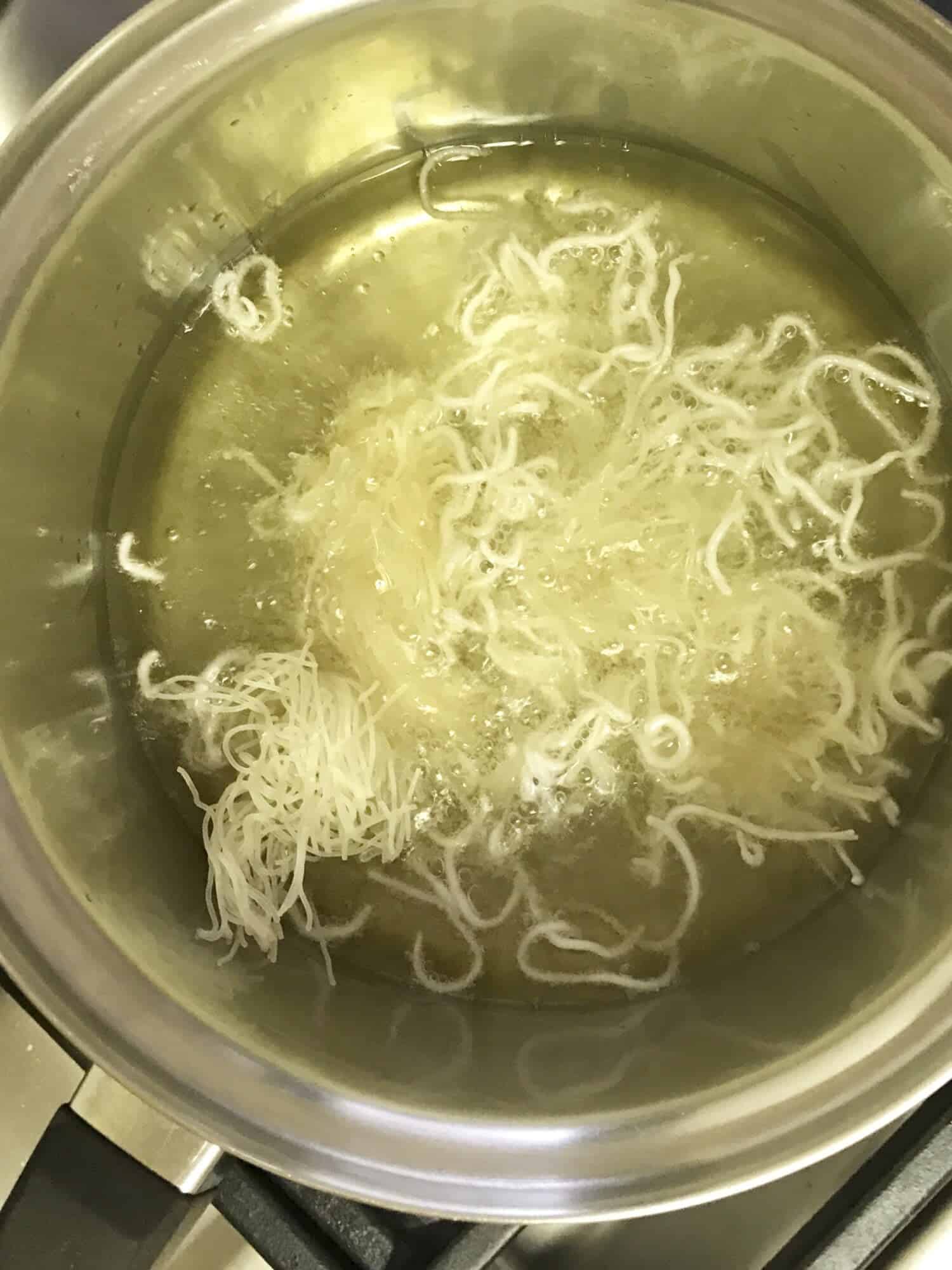
The temperature of the oil is not only essential to your safety but your success, because if the oil is too cold the Vermicelli noodles in her chocolate nest recipe will absorb it and become a greasy slump of unhappiness. For her Chocolate Vermicelli Nests, the oil should be at least 150 degrees Celsius. A sure way to check this is to use a thermometer, but you can check by tossing in a titbit of bread. If it bubbles and begins to fry immediately, your oil is at the correct temperature.
How do I make sure my chocolate comes out of the mould?
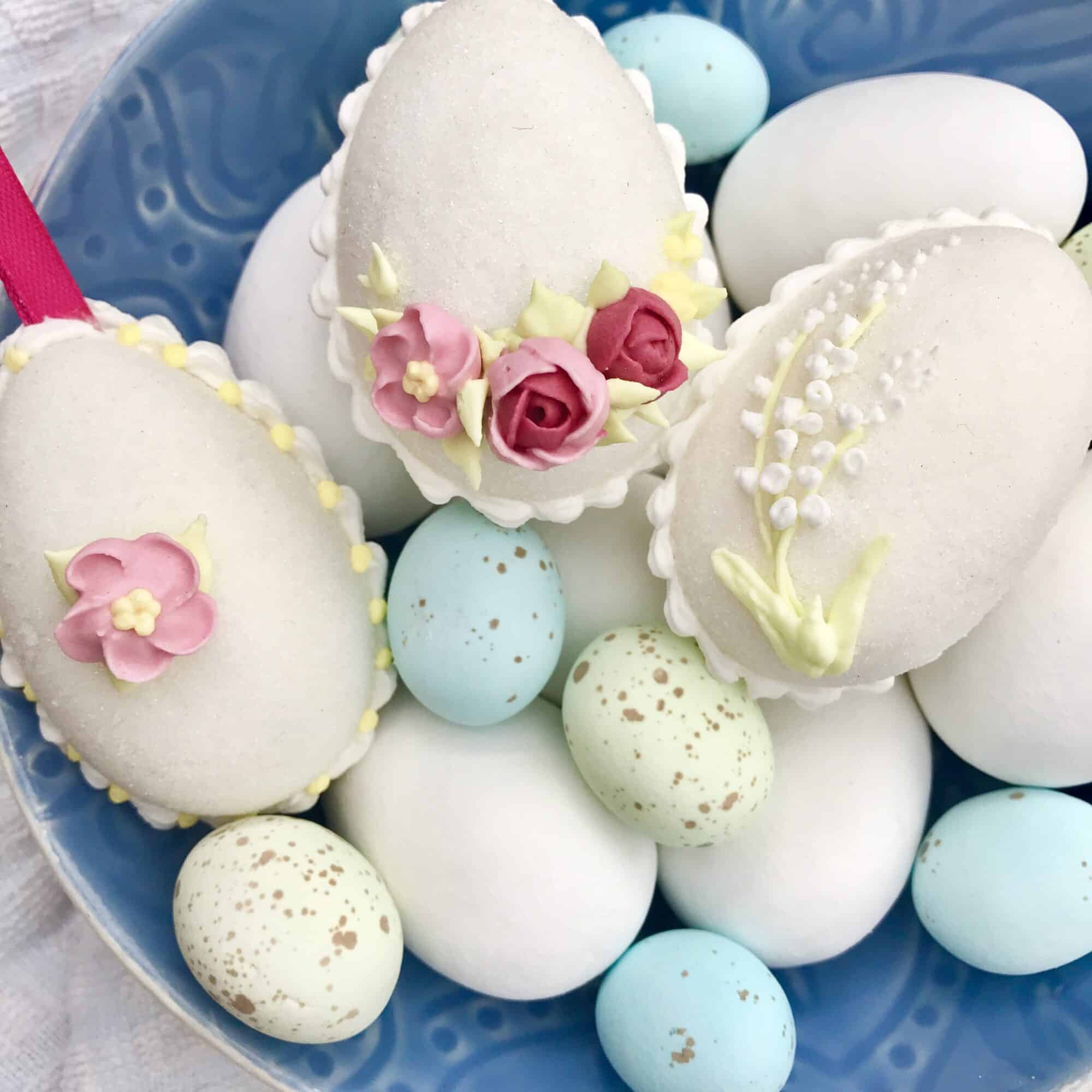
The horror that strikes as you watch your favourite baking show contestant grab their chocolate out of the blast chiller only for it to stick and crack minutes before the buzzer goes makes riveting TV – but it is not the drama you want for your Easter celebration. Luckily, it is easy to avoid by spraying the mould with a quick-release spray or smearing them with butter. Although, it’s a little-known secret that once the chocolate has cooled completely, it will release from the mould easily all on its own.
Easter egg hunts hold many funny, lovely, joyful memories for all of us and Grace remembers how as a little girl she would struggle to focus on Easter church service because she knew that when she got home, there would be easter eggs scattered around the house.
‘It was many years later I learnt that my eldest brother was the Easter Bunny – which brought its own kind of delight – and always snuck out early from church to hide them for us,’ says Grace.
The easter egg hunt is a tradition Grace has continued with her children and she loves hiding the eggs for them to find. She says even her adult son still gets on board and enjoys the tradition and her handcrafted vermicelli nests add a wonderful homemade touch to any Easter table not to mention making the perfect parcel for your families favourite speckled eggs, smarties, and sweeties.
For more delicious tips, follow Grace on Instagram @grace_stevenschef, visit her website for some yummy recipes www.gracestevens.co.za, or meet her in person and book your own Easter Bunny master class at the stunning Bosch experience centre, Cape Town.
